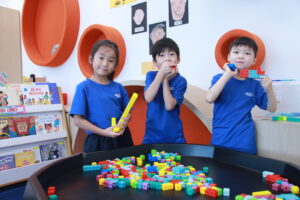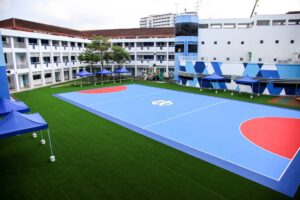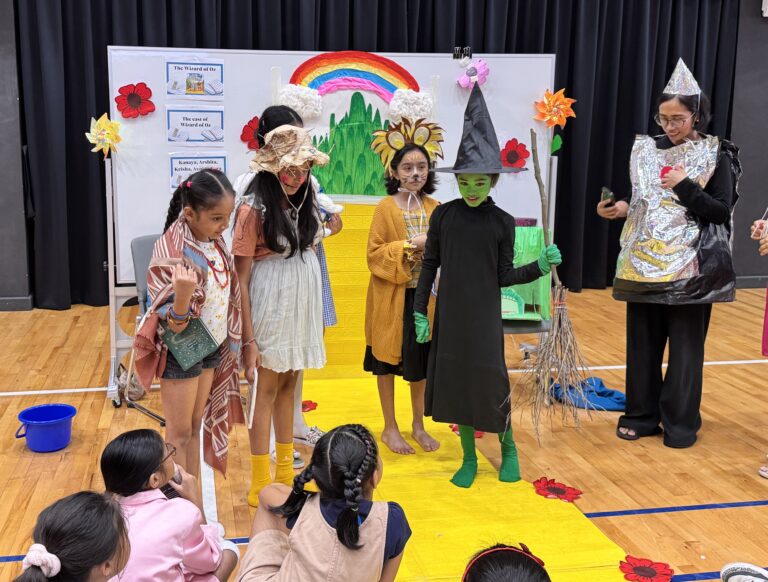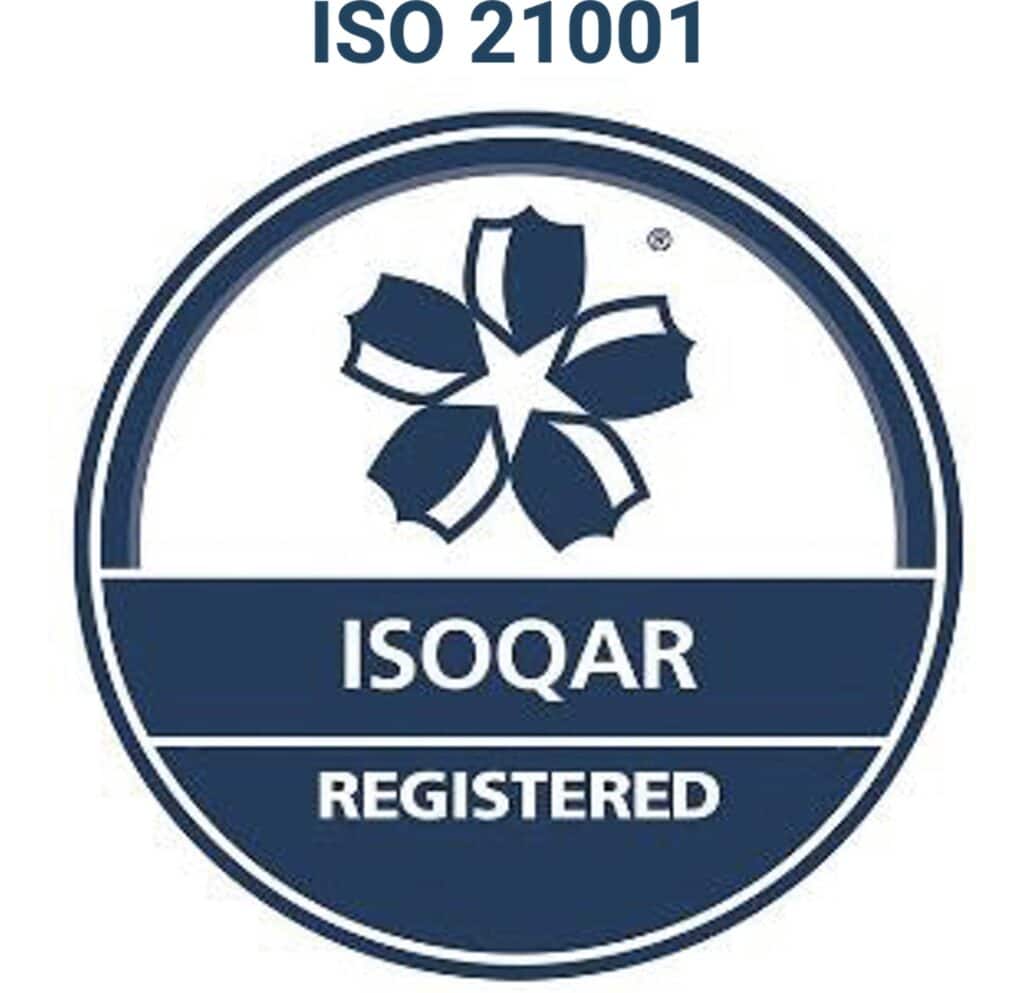Have you ever heard the term “brain plasticity”? This does not mean that the brain is made of plastic, of course. Brain plasticity or neuroplasticity is the unique ability of the brain to change due to forging new connections with other neurons. Research suggests that human brain development takes about 25 years and that the rate of progress depends on nature and nurture. The more connections the brain forms, the faster the course of development will be.
Does that mean that brain development stops at the age of 25 years? This article will examine how the brain develops from birth and the role played by nature and the learning environment.
How Brain Plasticity Changes At Different Ages
From Birth to Age Five
The child’s brain development at this stage is the fastest, exhibiting significant neuroplasticity. It has been proven that the changes and growth in the brain happen most in the earliest years of human life. The quality of experiences that nurture the first few years of a child’s life has a significant role in how their brain develops.
Evidence suggests that early childhood care and education, when done successfully, lays the groundwork for cognitive development and executive function throughout the child’s life. The first five years of life are the best opportunity for the brain to make significant progress. Positive experiences in the child’s early life help children to be healthy, capable and successful as adults. High-level abilities like motivation, self-regulation, critical thinking and communication are formed in these early years.
Unfortunately, the opposite is true as well. Trauma, poverty and an unstable childhood can negatively impact a child’s early brain development and eventually affect their adulthood.
Six to Eleven Years Old
As children age, their brain continues to develop. More complex behavioural and cognitive development takes place in middle childhood: between 6 to 11 years of age. In the early part of this stage, the brain goes through a spurt of growth, so by the time children are between 8 or 9 years old, they are expected to have a nearly fully grown, adult-sized brain.
Brain development in the latter part of middle childhood is characterised by the growth of specific structures in the brain’s frontal lobe. The frontal lobe sits under the skull at the front of the brain and is responsible for executive functions, such as planning, organising, reasoning, moral judgement and decisions. This is where making good choices becomes intrinsic, rather than influenced by extrinsic motivation.
Adulthood
Re-modelling of the brain is a continuous phenomenon and experienced by everyone, even as they become adults. There are a few scientifically-researched principles for how we remodel our brains in adulthood. These include:
- Use It Or Lose It: “Pruning” is an essential activity in the human brain. It is a way for the brain to become more efficient.Unused connections in the thinking and processing part of the brain are removed; hence, the term “use it or lose it”. Neuroplasticity is the brain’s ability to reorganise itself by forming new neural connections.
- Use It Or Improve It: The keyword here is “continuous training”. Persistent, continuous brain training and behavioural experiences can enhance what is being learned and aid in forming new connections in the brain; thus, learning and relearning occur. This is also true in cases of trauma; the brain can be retrained and rehabilitated for individuals to regain knowledge and skills and improve their functional capacity.
- Learning While You Sleep: It is often discussed how important it is to get a good night’s sleep. This is particularly important for brain development and for improving brain plasticity through the creation of new neural pathways. The current evidence suggests that the brain reinforces the neural pathways created while awake during sleep, making a more robust network of neurons.
The Link Between Brain Plasticity Principle and Education
While our brains can change well into adulthood, it is believed that younger minds, which exhibit more significant brain plasticity, are easier to train. That’s why from a school’s point of view, it is important to consider each individual child’s learning style and age and consider previous experiences they have had in their lives. To help their brain develop, there are some key factors to consider:
- Time: It is never too early to start. Early intervention is the key to success. Intensify the training for the desired behaviour, rehabilitate as early as possible in unlearning and relearning skills. It is not an easy task, but it is achievable with practice, persistence and patience.
- Relevance: Creating a meaningful and engaging learning environment helps children develop their cognitive and physical skills and create new neural pathways. To optimise brain plasticity, the child’s experiences within a learning environment should be directed towards the skills that wish to be acquired. It is also important that these experiences relate to real-world scenarios and can be practised over again.
OWIS Applies the Principles of Brain Plasticity for Optimal Learning
Our OWIS educators take all of these aspects of neuroplasticity into consideration when teaching students. They understand that some children will be ready to start learning new skills at a younger age than others, so it is important to assess each child’s needs and make adaptations wherever necessary.
Our curriculum also takes these factors into account and has been rigorously tested by the IBO and Cambridge to ensure that learning outcomes and long term development are achieved. Moreover, we continue to assess our learning programmes and adapt our teaching strategies when needed to ensure that we are giving our students lifelong skills.
Inquiry-based Learning and Brain Plasticity
Through inquiry-based learning, the brain works harder to make meaning of their experiences; thus, it helps to hone critical and creative thinking. Neuroplasticity suggests that our brain connects, disconnects and creates new connections as we strive, take risks and learn from our experiences. Failure, risk and improvement play an integral process in learning.
Mindfulness: A Key to Reflection
Mindfulness, which is also an essential part of learning at OWIS, boosts neural activity. The brain benefits from both high stimulus and meditative stillness. This also includes the process of metacognition, where the children are given opportunities to think about their own learning. This helps the child create a meditative look on their own performance. We achieve this at OWIS when students plan, assess and construct their learning as they explore a concept.
Student Agency and Ownership of Learning
How do we create opportunities for relevance and profound learning? Simply by allowing our students to take ownership of their learning.
Designing an innovative curriculum where teachers can create remarkable opportunities based on the students’ prior knowledge and what they want to know is an essential part of profound learning experiences. Learning is not something that students are forced to do. Students’ voices and choices are powerful strategies for allowing students to find themselves in their learning.
At OWIS, we value students’ agency and decisions. We recognise that by allowing for student agency, we can help students discover themselves, their skills and abilities. Enabling the students to have a voice in class makes responsible, thoughtful adults who will develop into morally responsible citizens of the world.
At OWIS, we strive to create lifelong learners who are passionate about gaining new skills and knowledge. We use a range of different teaching styles and techniques to ensure that our students’ brain development is given the best opportunity to be the best it can be.
We educate our students relative to their age and ensure that appropriate lessons and play are encouraged at different ages to promote the development of brain plasticity. We understand that each child is an individual and that each student may learn in different ways and that they should be encouraged to find their own learning style so that they can continue to develop their brain plasticity throughout their lives.
Contact us to learn more about how our programmes encourage children to reach their highest potential.




















